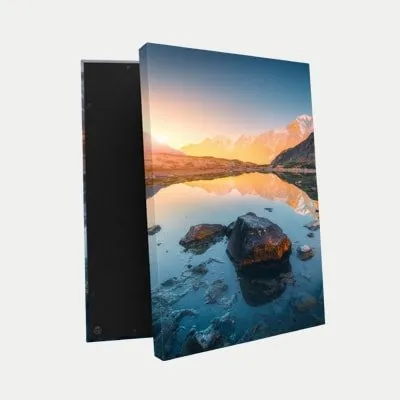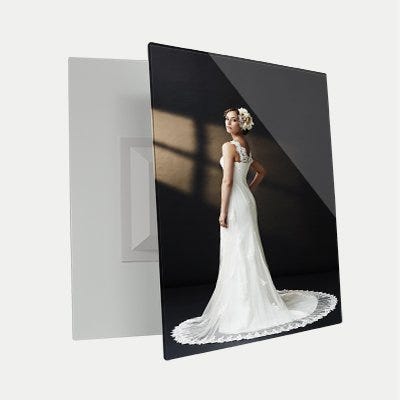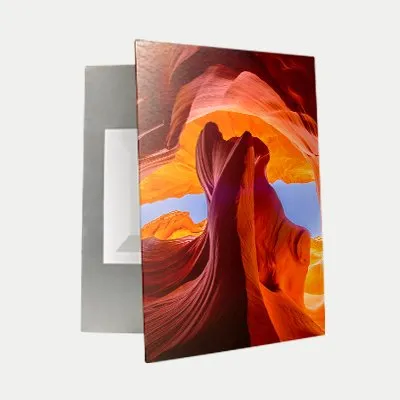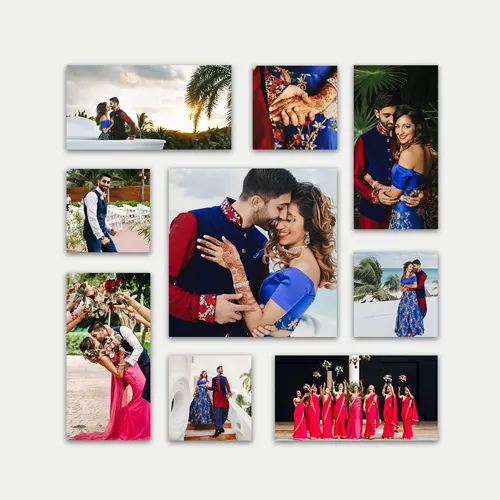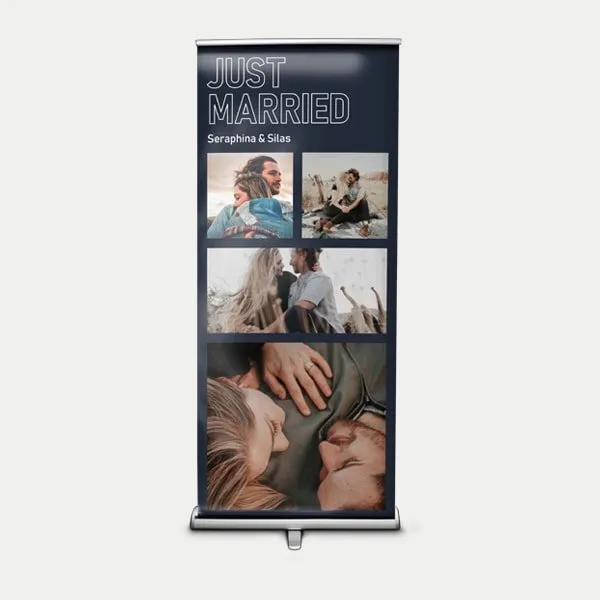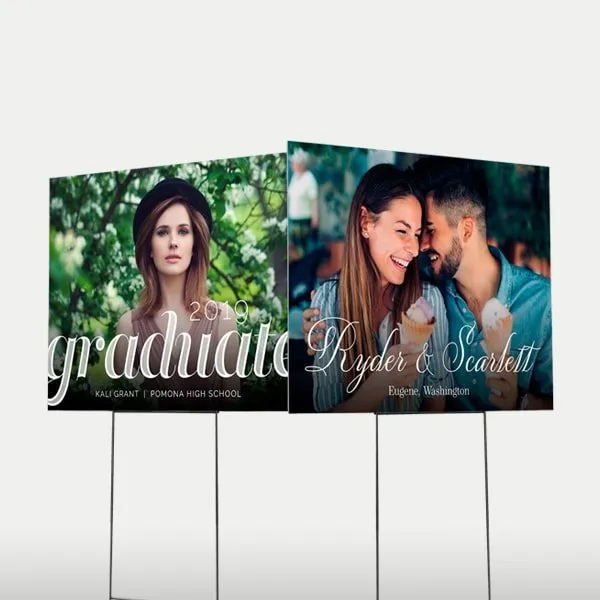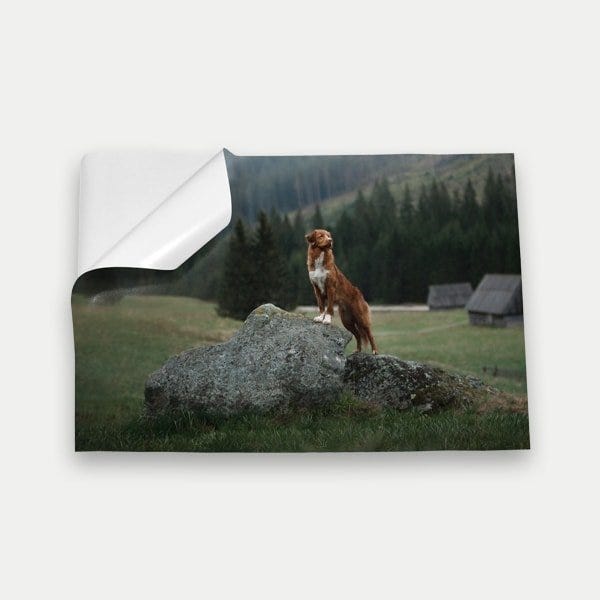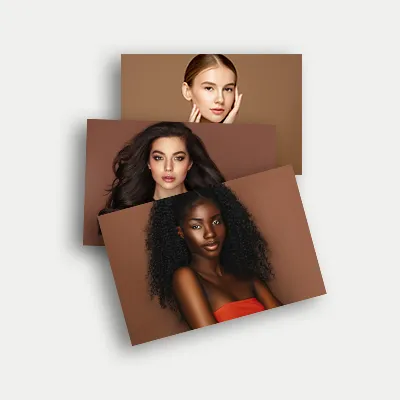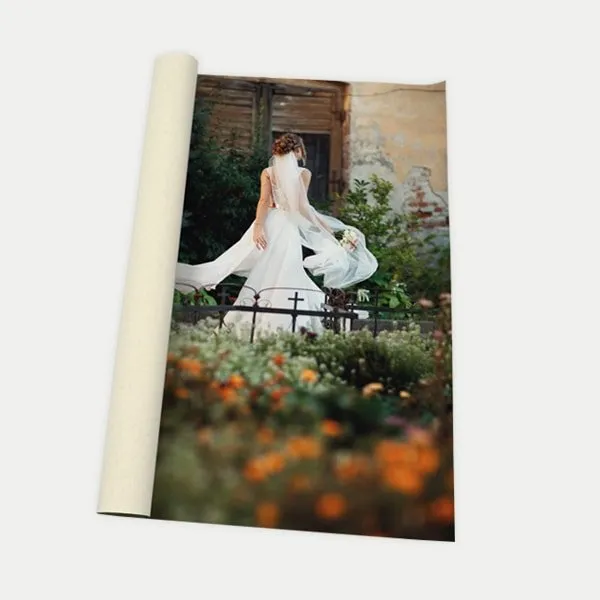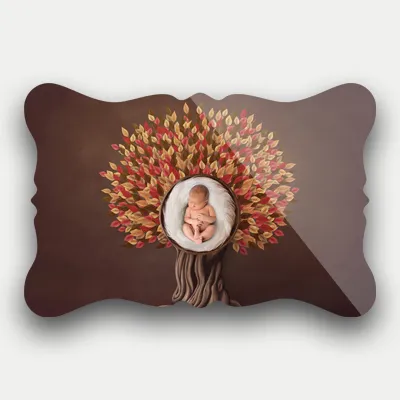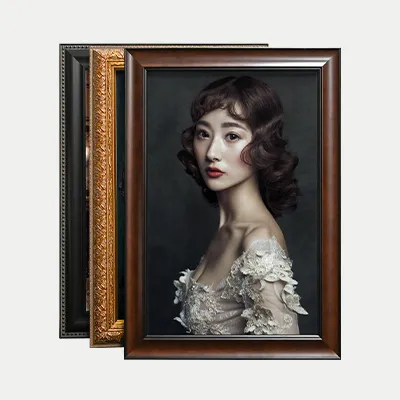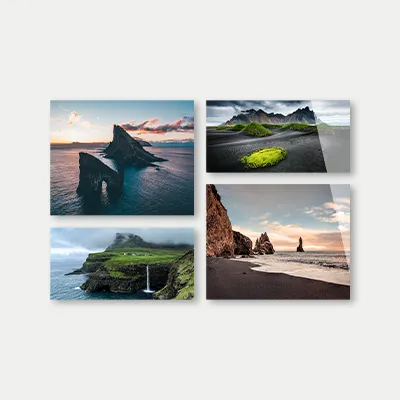Monopod vs. Tripod for The Professional Photographer

As a professional photographer, there are a number of tools that you should always have on hand so you can be prepared to capture the best shots when they present themselves. Two of those tools are the monopod and the tripod, both of which sound similar but actually have many unique features.
Beginner photographers, or those just starting out, may not know the difference between the two. Therefore, in this article, we will go over everything you need to know about monopods and tripods so that you can incorporate these two tools into your arsenal and make the most out of every photo shoot.
What do monopods and tripods have in common?
Monopods and tripods are both supports for your camera that allow you to shoot with slower shutter speeds, which is, of course, beneficial in a ton of different situations. Additionally, both monopods and tripods allow you to use longer lenses, and both can significantly reduce the amount of strain on your neck and back that comes with carrying around a heavy camera all day. But that's about it; this is where the similarities between the two ends.
The truth is that these are two completely different pieces of gear with two very different uses, and a professional photographer should have both of them on hand so that they have the flexibility to capture whatever shots present themselves on any given day.

What is the difference between a monopod and a tripod?
First off, the main difference is the number of legs on each. Monopods have only one leg, whereas tripods have three. This is a major factor that dramatically alters the function of each support in theory and practice. Because monopods only have one leg, they need to be held upright at all times; otherwise, they'll fall over. That said, they can be rapidly deployed to capture shots of things in motion.
Tripods, on the other hand, have three legs and, as such, can stand by themselves. This means that photographers and videographers can set up a tripod and literally walk away from it. The downside to this is that tripods are far less mobile, so if the subject of you’re shooting rapidly leaves the frame, it will be very difficult, to mobilize your tripod quickly enough to capture a good shot of your subject in motion.
To understand these two support systems better, let's look at each in more detail and go over how each one is traditionally used by professional photographers, when you might want to use each, and the benefits of both. Then we'll consider if you really need to have both a monopod and a tripod in your kit or if having just one of them is sufficient.

What are monopods used for?
Monopods are camera support stands that are designed for mobility. When shooting with a monopod, photographers have the ability to pick up their rig and be on the move with little or no notice. As such, monopods are used when filming things in motion. For example, if you wanted to film a football game and you needed to follow the action, then you would use a monopod.
If you wanted to film an animal running across a landscape and you needed to move to keep pace with the creature, then again, a monopod would be the tool for the job. Basically, monopods allow you to stabilize your camera quickly and then be on the move again; they are a versatile support system that every professional photographer should have on hand at all times.
What are the benefits of using a monopod?
Monopods offer photographers, videographers, and professional filmmakers the ability to capture dynamic scenes that involve a lot of motion. Capturing things in a handheld fashion is the hallmark of an amateur filmmaker. But, at the same time, in order for your shots to look professional, you need to have camera stabilization. So, if you want to film a shot with a moving subject but have the ability to rapidly deploy a stabilization mechanism, then a monopod is the way to go.
What are tripods used for?
Like monopods, tripods are also a camera support system, but instead of having one leg like monopods, they have three legs, hence the name "tri" pod. Tripods are primarily used for capturing long exposure shots or static scenes.
Professional photographers often use tripods to frame portraits or take HDR shots, such as night skies, for example. Videographers and filmmakers, on the other hand, use tripods when they want to film scenes with no camera movement, such as interviews, or when they want to appear on camera themselves and don't have an assistant camera operator on-hand to film the scene.
Monopods can reduce camera shake to some extent, but tripods do this particularly well and can even capture minutes-long exposures that would be next to impossible to capture with a monopod or by hand.
Likewise, if you want to take a selfie, then your go-to tool will be a tripod. Wildlife photographers rely heavily on tripods when they need to capture shots of animals, and it’s unsafe for them to be in sight.
Thanks to their stability, tripods can be left alone, meaning that you can walk away from them; however, if you were to walk away from your monopod, that would be a very rookie mistake.

What are the benefits of using tripods?
As mentioned, tripods allow photographers to stabilize their cameras without having to hold the camera manually. This means that photographers can essentially set up their tripods and monitor them remotely, capturing shots that would be impossible to capture by hand or with a monopod. Tripods also offer the best possible stabilization as they are literally static and don't move at all. Therefore, capturing long exposure shots such as those commonly seen with HDR photography is only possible when using a tripod.

Is it necessary to have both a monopod and a tripod?
In terms of whether or not a professional photographer really needs to have both a monopod and a tripod, it ultimately comes down to what type of photographer we're talking about. Photographers specializing in portrait photography or newborn photography can probably get by with just a tripod. Likewise, landscape photographers might be okay only having a tripod as well. Most other types of professional photographers should have both a monopod and a tripod on hand at all times, especially wildlife photographers who typically make extensive use of both.
For filmmakers who are capturing scenes involving motion, having both a monopod and a tripod is a must. Of course, these days, most professional filmmakers use a gimbal for image stabilization. But it's worth noting that gimbals, when static, are almost always still attached to either a tripod or a monopod, depending on the scene that's being filmed.
So, to answer the question, is it necessary to have both a monopod and a tripod? The answer is both yes and no. If you only ever plan to capture static shots and have no intention of ever shooting any subject in motion, then no, you don't really need a monopod. But, If you want to have the greatest degree of flexibility to be able to capture whatever you want while still maintaining optimal camera support and stabilization, then yes, you should absolutely have both tools in your arsenal.
Summary
Both monopods and tripods are very useful tools that most photographers should always have nearby, especially when shooting out in the field. Although both are designed to support and stabilize a camera, they both do so in very different ways and for different reasons.
Monopods only have one leg, and as such, they need to be supported manually by the photographer at all times; otherwise, they'll fall over. That said, monopods can be deployed and re-deployed rapidly, allowing photographers and filmmakers to capture shots of subjects that are in motion, which is highly useful in many situations.
Tripods, on the other hand, have three legs instead of one, which means that they can stand upright and support themselves without needing to have a photographer holding them. As such, tripods can be set up and left alone to capture long exposure shots that wouldn't otherwise be possible with a monopod. Tripods are also mandatory for wildlife photographers who aren't able to be present when capturing their shots or for people who want to take selfies or appear on camera but don't have an assistant to help them out.
All things considered, it’s highly recommended that professional photographers have both tools available to them as this will provide the greatest amount of freedom and flexibility to capture every different type of shot.
Pro Prints is the premier destination for canvas photos and canvas photo prints. So, whether you want to display your best photos in a gallery or in your home, be sure to check out Pro Prints today.


